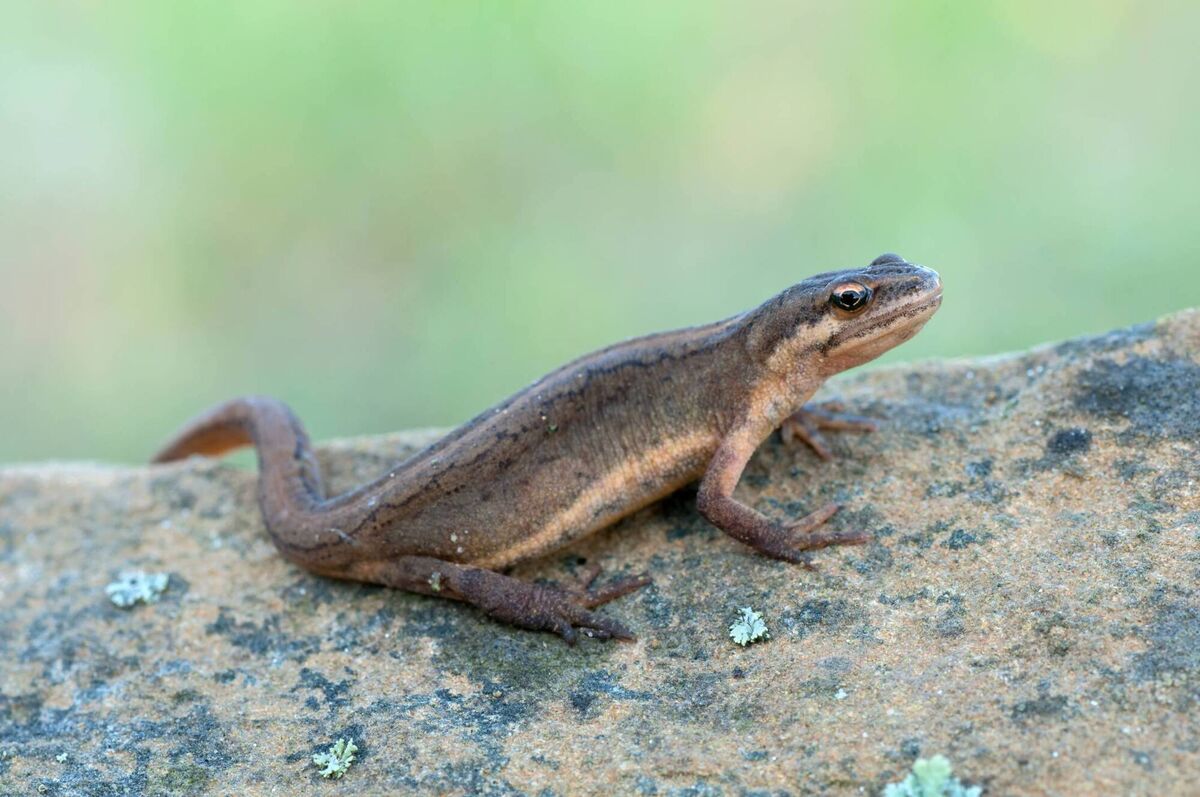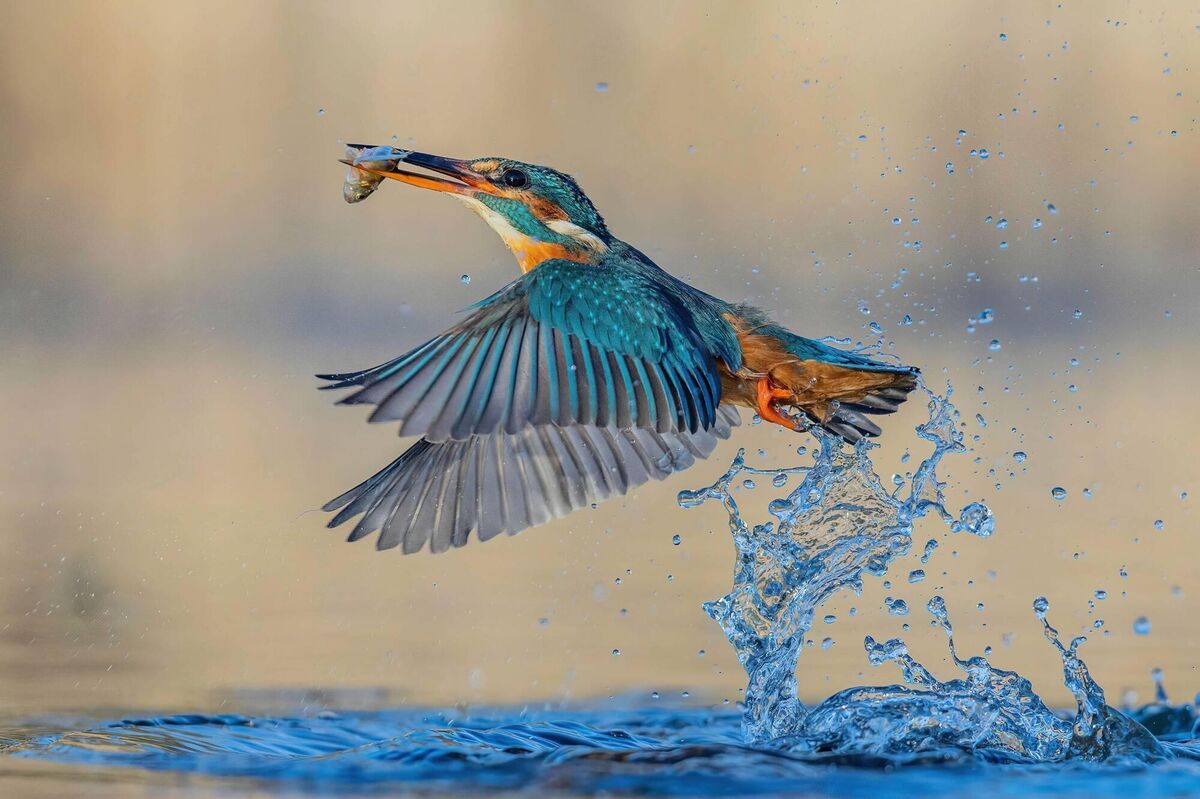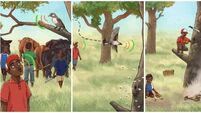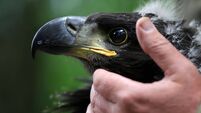Anja Murray: It's officially spring and with it come eggs from almost every animal kingdom

Viviparous lizard. Picture: Corbis
It's officially (astronomical) spring at last.
On March 20 we passed the vernal equinox, when the Earth’s northern hemisphere begins tilting toward the sun as it orbits, marking the astronomical beginning of Spring. In response, trees, whose buds keep track of daylight hours, initiate the unfurling of new spring leaves. Birds prepare for breeding season by singing earnestly to mark their territory and attract a mate. Lots of invertebrates emerge from their winter hibernation and begin laying eggs in soil, under leaves, and in other suitably cryptic locations.
Over the past week I’ve seen small tortoiseshell and peacock butterflies. Having just awoken from their long winter slumber, they are eager to settle on an early blossom such as dandelion to revive themselves with a fill of energy-rich flower nectar. Once fed, mating and egg-laying become a priority.
Among the almost 11,000 insect species native in Ireland, all have egg-laying in common. While there is a mind-boggling variety of distinct life strategies between so many vastly different species, all begin life as an egg. Now that equinox has passed, and Spring — the time of earnest reproduction — is officially in full swing, eggs will soon start appearing everywhere.
Bumblebee queens are emerging from hibernation now too, eager to find flowers and willow catkins from which she can get a good feed of protein-rich pollen to help her on her way.
Each of the 20 different bumblebee species native to Ireland has a similar approach to egg-laying. First, she must find a suitable nesting site, perhaps a hollow in a hedge bank or a cavity in some sandy soil. There she makes a flat saucer as the base of her nest and creates a pancake-like base of pollen mixed with saliva. This is where she will lay her first batch of eggs. Then she builds a wall of wax around these eggs to protect them, and makes a waxy pot beside them that she fills with nectar, a supply that allows her to take a break from foraging so she can stay near the eggs to keep them warm.
Many fish too, prepare nests for their young. Salmon dig nests in the gravel with their tail, where the pea-sized eggs develop through winter. By April, the young will have hatched and are swimming about with the yolk sac still attached to their little bodies! Other fish use plant materials, and some even use sticky threads to make structures that keep their eggs from getting washed away in the current.

Amphibians also lay eggs, and frogspawn is the most familiar of these. Frogspawn laid in January or February in ponds and lakeshores across the country will have hatched by now, so look out for tadpoles in ponds and ditches.

A less well-known amphibian here is the smooth newt, a native species that lives in woodlands, hedges, meadows, and marshlands, anywhere that is consistently moist. In March, smooth newts abandon life on land and move into ponds for the breeding season. To attract a mate, males develop polka dots on their skin, their little bellies turn bright orange, and they develop a wavy crest along their back and tail. After an elaborate courtship display, if the females are sufficiently impressed, the male hands over a tiny package containing his seed for her to absorb. She lays the eggs in suitable ponds from March to June.
Reptiles also reproduce by laying eggs, although for every rule there’s an exception, and as it happens, Ireland’s only native reptile, the viviparous lizard, gives birth to live young. In this case, the mother simply retains the egg within her body until it hatches, so live young versus egg laying is a somewhat of a technicality.
Birds and reptiles are descended from a common reptilian ancestor. Archaeopterix was half reptile half bird, capable of flight but with a lizard-like tale. Now, both reptiles and birds continue to lay eggs, and, as with insects, birds have a baffling diversity of how and where they lay their eggs.
Ground-nesting birds make a simple scrape on the ground to lay their eggs within, relying on clever camouflage for protection.
Breeding waders, including curlew, redshank, golden plover, lapwing, and snipe are all ground-nesting. In the uplands, rare red grouse and hen harrier lay eggs from March onwards, and skylark, snipe, and meadow pipit will be laying in upland habitats through April. These are just some of the reasons why it's important to keep dogs on a leash during spring and be conscientious about adventures in the outdoors at this time of year.

Plenty of birds have evolved to nest in holes. Kingfishers excavate a deep burrow in a river bank using their beak, laying their eggs safely tucked away from danger at the end of the tunnel. Sand-martins also dig tunnels in steep river banks and sand banks in which to lay their eggs. Woodpeckers famously dig out holes in trees where the eggs will be laid.
Cup-shaped or dome-shaped, roofed or open, woven or made from mud, each and every bird species has its very own nest-building technique and its own distinctively shaped and coloured eggs.
The only kingdom of the natural world that don’t lay eggs are mammals, so it is quite a quirk that we now celebrate Easter and all the reproductive earnestness of Spring with an egg-laying mammal — the easter bunny. Apparently, this is a tradition that arose with the Nordic lunar goddess ‘Eostre’. ‘Eostre had the head of a hare, and according to this legend it was she who laid the egg of new spring life each year. Over time, this story has become the exceedingly strange notion of a bunny bringing us chocolate easter eggs to eat.







